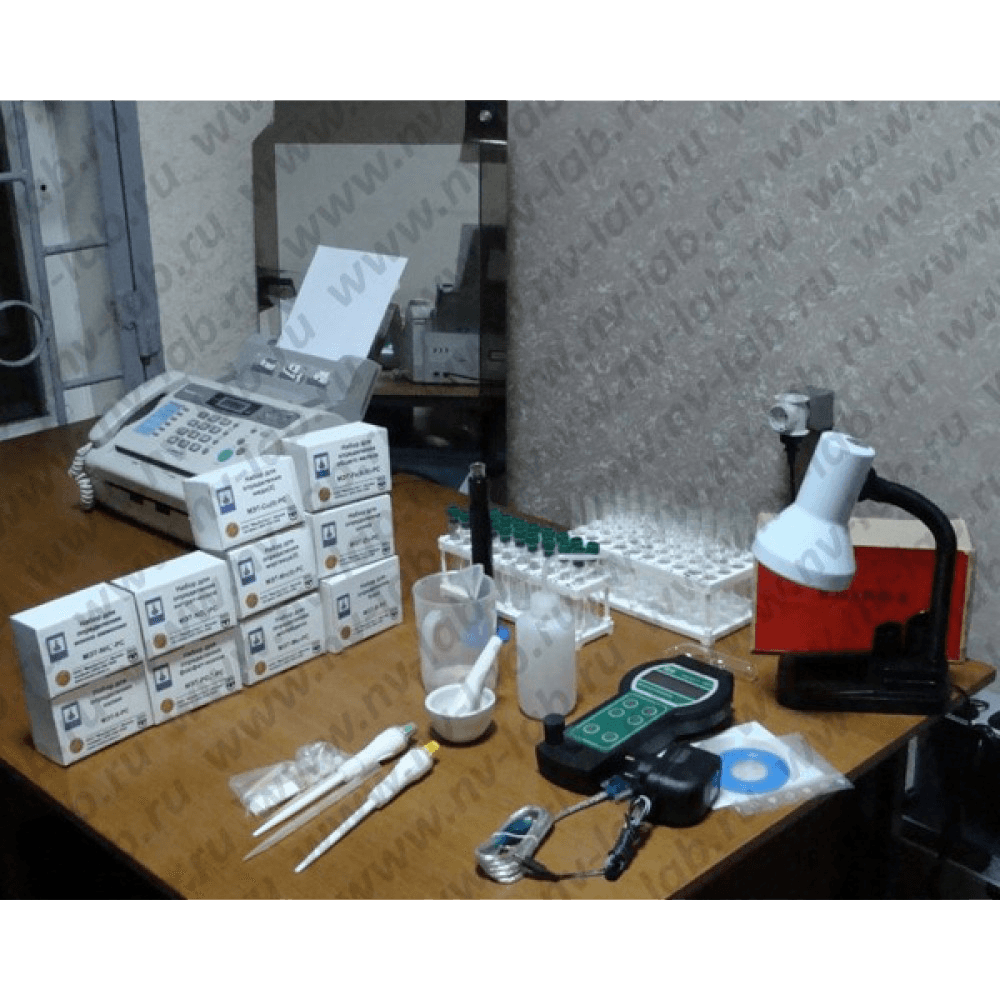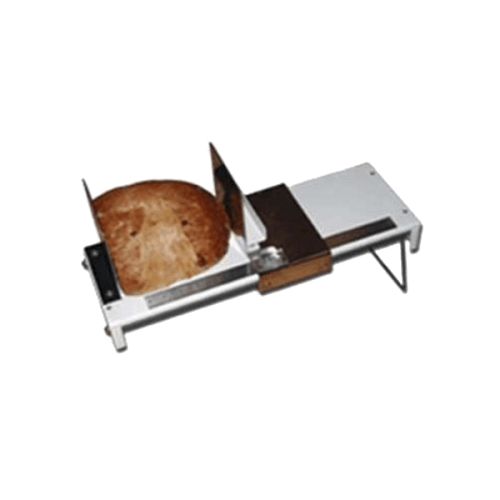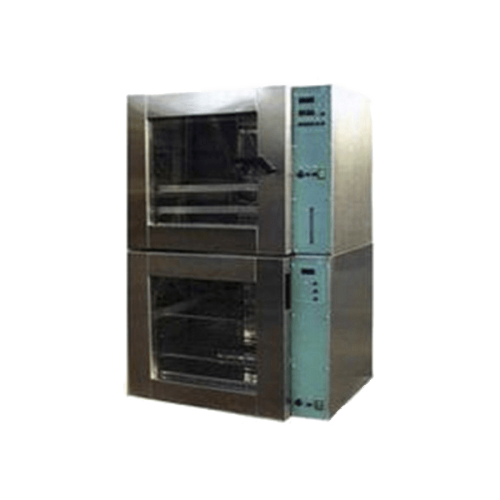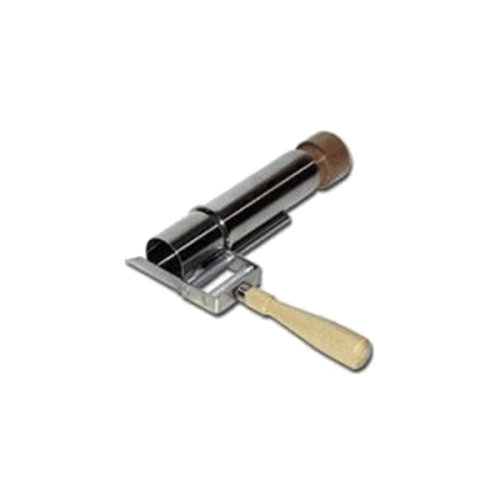Description
Laboratory of functional diagnostics of plants by photocolorimetric method of analysis. Determination of the needs of plants in macro- and microelements based on functional diagnostics.
METHOD FOR DETERMINING THE NEED OF PLANTS FOR MACRO AND MICRO ELEMENTS ON THE BASIS OF FUNCTIONAL DIAGNOSIS.
Methods for diagnosing plant nutrition are divided into soil and plant. Plant diagnostics, in turn, includes visual, chemical and functional diagnostics.
Visual diagnostics is the simplest method that does not require special equipment; it allows you to relatively quickly identify violations in mineral nutrition and eliminate their causes. However, in order to successfully perform visual diagnostics, in addition to knowledge, considerable practical experience is required, since the shortcomings and excesses of different elements often look very similar in appearance. In addition, often external signs of plant nutrition disturbances appear only when irreversible yield losses have already occurred due to these disturbances.
Chemical diagnostics of mineral nutrition (tissue or leaf) allows you to determine the chemical composition of the plant at the moment. Only with a constant supply of the necessary nutrients in optimal proportions throughout the growing season is it possible to maximize the use of the biological potential of each variety. However, sometimes the nutrient element accumulates in the plant not due to its need for development. In addition, a deficiency or excess of one of the elements can disrupt the intake of another element into the plant. These factors limit the possibilities of using chemical diagnostic methods.
Functional diagnostic methods make it possible to assess not the content of a particular nutrient, but the plant’s need for it. The need of plants for elements can be estimated by controlling the intensity of physiological and biochemical processes. A.S. Pleshkov and B.A. Yagodin (1982) developed the principle of diagnosing plant nutrition by determining the photochemical activity of chloroplasts.
The principle of this method is as follows. The photochemical activity of a suspension of chloroplasts obtained from an average sample of leaves of diagnosed plants is determined, then a nutrient in a certain concentration is added to the suspension of chloroplasts, and the photochemical activity of the suspension is again determined. In the case of an increase in the photochemical activity of the chloroplast suspension compared to the control (without adding elements), a conclusion is made about the lack of this element, with a decrease in excess, with the same activity – about the optimal concentration in the nutrient medium.
The method allows within 40-50 minutes to determine the need of any plants for 12-15 macro- and micronutrients and give recommendations for root and foliar top dressing, which is especially important when introducing new varieties and expanding the range of crops. This method can be used to diagnose the nutrition of plants grown both on soil and in hydroponics.
The rapidity of the method allows, before each feeding of plants, to quantitatively determine the need for macro- and microelements and adjust the nutrition of plants in each field (up to a single plant) for nitrogen, phosphorus, potassium, calcium, magnesium, boron, copper, zinc, iron, manganese , molybdenum, cobalt, iodine.
This method has been used in more than 130 farms in Russia, Belarus and Ukraine, including in the Ivanovo region (“Teplichny”) since 1990, and in the Moscow region (“Belaya Dacha”) since 1992. The use of the method in production has shown its high efficiency.
Contents of delivery:
- Photocolorimeter “Ekotest-2020” (stitched for 1 wavelength)
- glassware
- rack for 40 test tubes
- dispensers
- a set of chemical reagents with a dye for 10,000 tests
- packaging (plastic box on wheels)
- Guidelines for performing PED analyzes with calculation examples.




